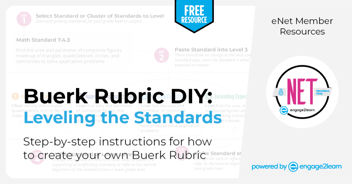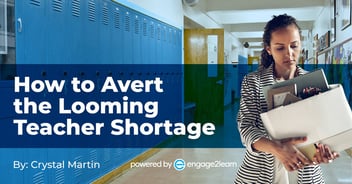Distance Learning that Increases Engagement and Equity | engage2learn
Starting March 13th, our 47 district partners–along with all the other school districts in the nation–made plans to transition from face-to-face instruction to distance learning. This was undoubtedly a heavy lift that most accomplished by working around the clock for weeks on end and rolling out their virtual implementation in phases, starting within a few short weeks of the announcement. Now that the dust has begun to settle our partners have been sharing why they feel that they had a head start!
As we look to the near future of the next school year, which may be any combination the following 4 scenarios, we want to share it with you (and the whole world, in fact), the one strategy that gave all of our 47 partner districts a leg up because it will work regardless of which future scenario is in play at any given time:
Use a learner-facing model vs. an instructional model
Here is what some of our partners have said:
“Our ability to put EPISD@Home in place so effectively is attributed to the soft skills we have learned in agility and creativity over the past five years rolling out the Active Learning Framework, and the Active Literacy Framework, which have reshaped the EPISD learner experience entirely.”
Superintendent, El Paso ISD
“e2L virtual coaching has impacted me because it has made me realize that I can still meet the needs of my learners even though we are in a struggling time. There are a lot of things that I was already implementing in the classroom that could easily transfer to virtual learning. With our focus on differentiation, we came up with a plan on how I can use my pre-assessment data to pull my small groups just like I would before COVID-19. One “ah-ha” moment that I had as a result of virtual coaching was that everything that I have learned and implemented this year will easily transfer when I start the school year in the fall. ”
Amy Cotria, Teacher, Arlington ISD
“I think that our virtual coaching has helped teachers to know how to take what they’ve learned in their [on-site] coaching environments and turn around and use that for students and help them be successful. As I have said before, our blended learning, including the coaching, prepared us for virtual learning. “
Amy Frazier, Principal, Iraan-Sheffield ISD
It’s about time!
In 1998, when the state of Texas first adopted the Texas Essential Knowledge and Skills, better known as the “TEKS,” it was a drastic change, in many ways, from the previous set of standards called the Essential Elements (EEs). I was a trainer at the time, working with education service centers to help public school districts understand and write curriculum better aligned to the new TEKS, and I was very excited about one aspect of this change which I shared in my presentations, but I was pretty much alone in my excitement! For context, the EEs were written from the teacher point of view and stated the teacher was required to “provide the opportunity” to learn X, Y, or Z standard. The TEKS, however, are written from the learner point of view and state that the student is expected to master…[fill in the blank.] This pivot was HUGE! In theory, this instructional shift would move classrooms from teacher-directed to learner-centered and grading from sorting to mastery-based! But…it didn’t. Mostly everyone maintained their teacher-directed instructional models of old; teachers were limited to the traditional role of classroom managers and conveyors of information while students were still being given “the opportunity to learn” by receiving information and completing worksheets and tests.
Fast-forward to this March: most districts “stood up” virtual versions of these teacher-directed classrooms. The problem, however, is that “managing” a classroom at a distance (literally!) works even less effectively than managing a classroom in person. In fact, there are many instructive school hack videos proving that learners can be even more creative at getting out of their schoolwork virtually!
THE Best Examples via Tik Tok
The Roles of Teachers and Learners in Distance Learning
In the virtual space of education’s new normal, classroom management must be replaced with true learner engagement and autonomy. Students have to own their learning, and the physical distance isn’t the only reason for this to be so. That is, when learners take ownership, it will prove beneficial when we do return to those school walls. Teachers can move into a much more sophisticated role of designer and coach, providing just-in-time feedback, intervention, and instruction as learners “level up” through competency-based, leveled, and standards-aligned learning pathways. Students acquire college and career readiness skills while setting goals, making choices, advocating for themselves, and managing their own learning pathways. Perhaps the most important advantage of shifting to a learner-facing model? It allows for truly differentiated learning and results in greater overall achievement for all learners, especially those considered the most at-risk. Therefore, the learner-facing approach is the key to both engagement and equity of the learning experience.
How to Make the Shift NOW
So, how do you make this shift now, when you are in the throes of educating the masses during a pandemic? Most importantly, choose a learner-facing model. At engage2learn, we believe in this so much after seeing amazing results with our 225+ partner districts for the last nine years. Then, realizing our partners had a head start this spring, we decided this would be a great way to support all neighborhood, public schools during this time by “giving away” two models that increase equity and engagement for distance learning that you can adopt for free!
01. GROWE Learning Process
The GROWE Learning Process (free) provides teachers, students, and parents a structured learning process that is goal-oriented and easy to follow. This process supports learner agency and increases engagement and equity by allowing learners to personalize their growth toward mastery throughout the learning experience.

02. e2L Learning Model
The e2L Learning Model (free) provides defined structure and protocols that guide the design and facilitation of each learner’s experience across your entire district. This learner-driven learning model includes behavioral protocols that clearly define and describe what learning should look like and what both teachers and learners should be doing during each step of the model.

03. Learning Framework DIY
We also have a Learning Framework DIY (not free) if you want to create your own local model like the ones that each of our partners has created. See below:
-
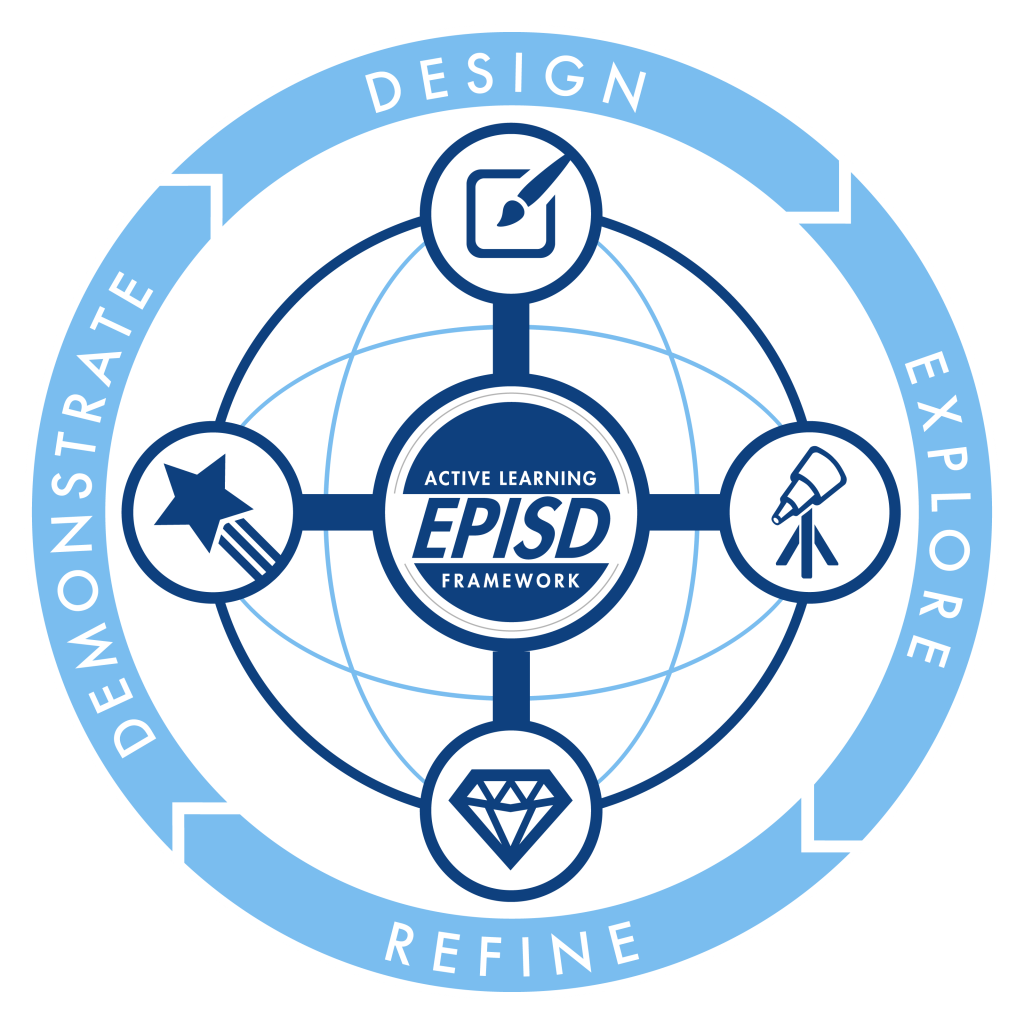
El Paso ISD Learning Framework -
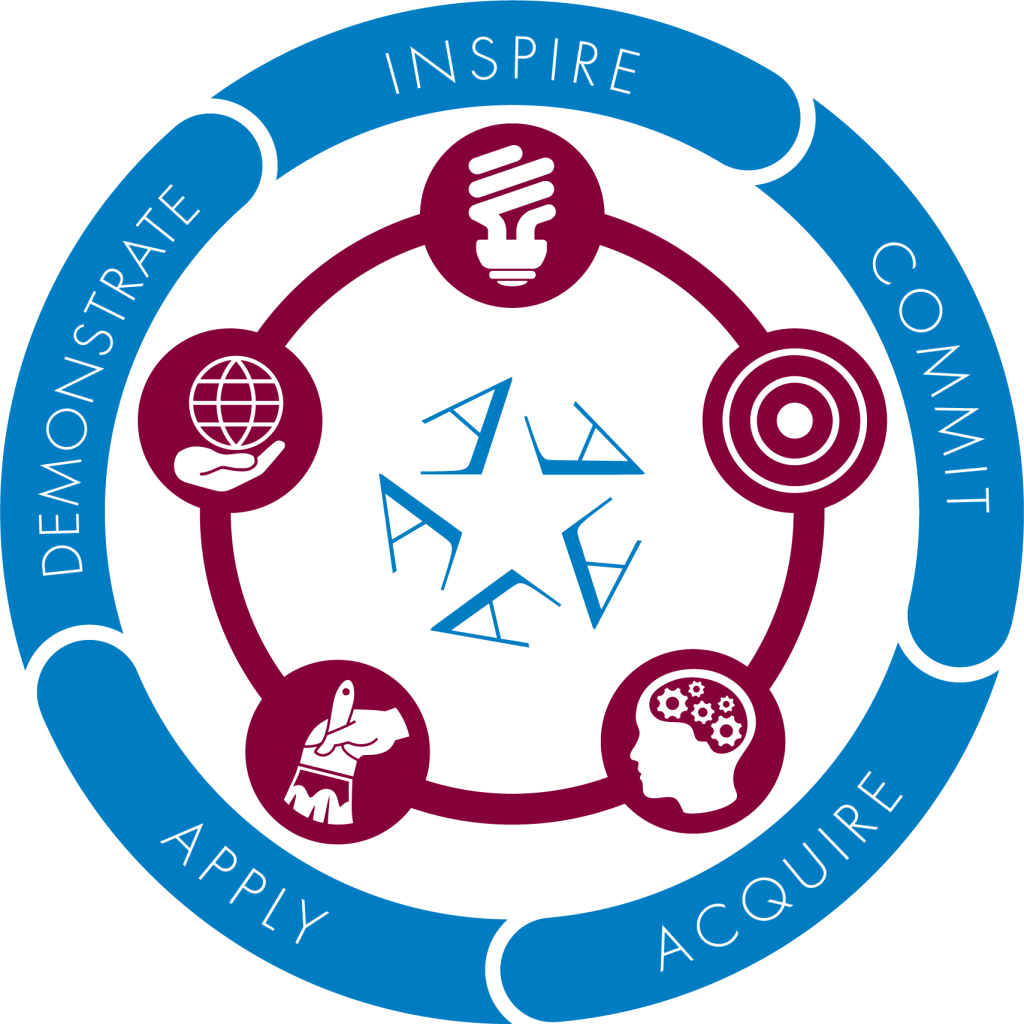
Arlington ISD Learning Framework -
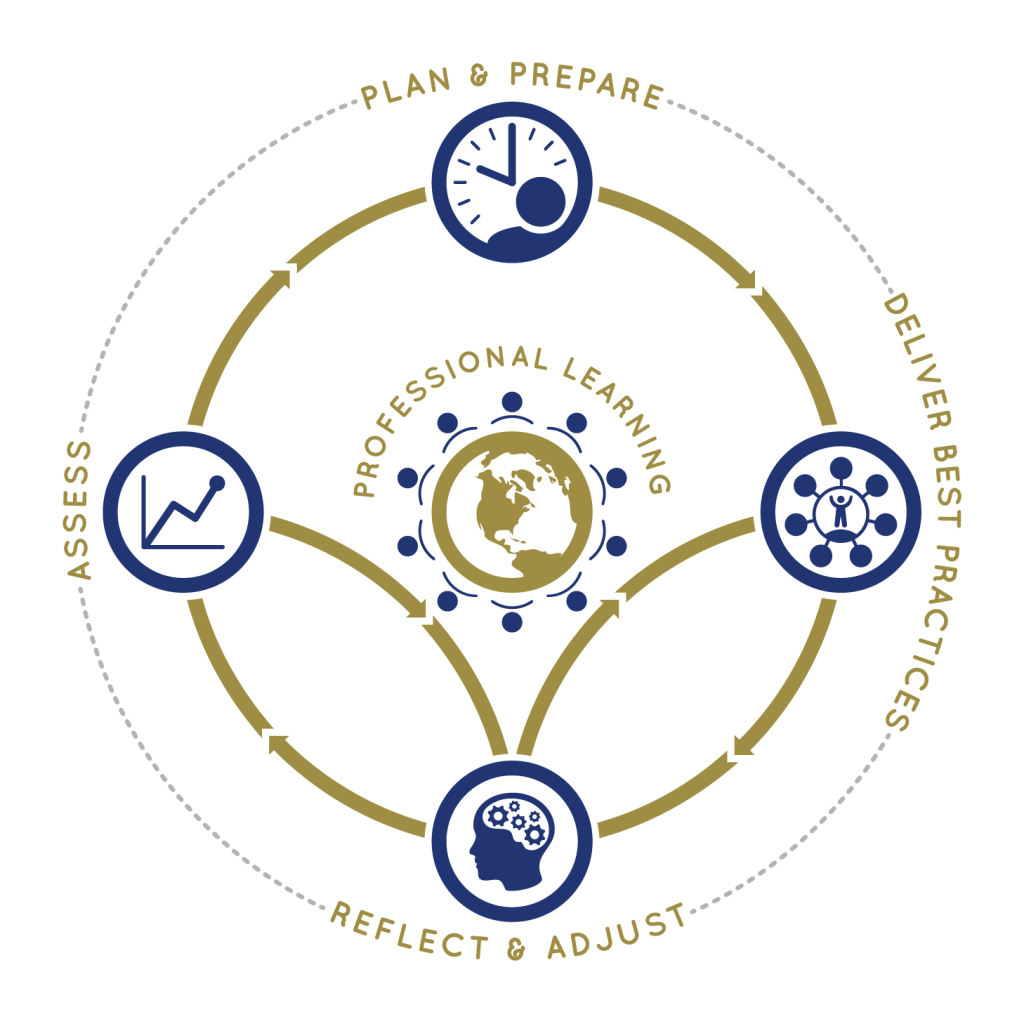
Mesquite ISD Literacy Framework -

Frenship ISD Learning Framework -

Mashall ISD Learning Framework -

Lake Dallas ISD Learning Framework
Bonus You can even combine your 1,000 local initiatives into the one model. Read How to Turn Your 1,000 Initiatives into the One Thing to find out how.
Be a hero this Fall!
- Adopt one of these models.
- Teach everyone the protocols: teachers, learners, families.
- Align your LMS content to it. (See how Spring ISD did this already!)
- Provide your learners with some simple tracking tools. (Reach out to us if you want help with these.)
- Celebrate learners who are gaining life-ready, future-proof skills as they navigate their learning. It is amazing what they can do when the ceiling is lifted!

